Not Now, Not Ever: Ten years on from the misogyny speech
Vintage, $35 pb, 245 pp
How Many More Women?: Exposing how the law silences women
Allen & Unwin, $34.99 pb, 417 pp
The Gillard effect
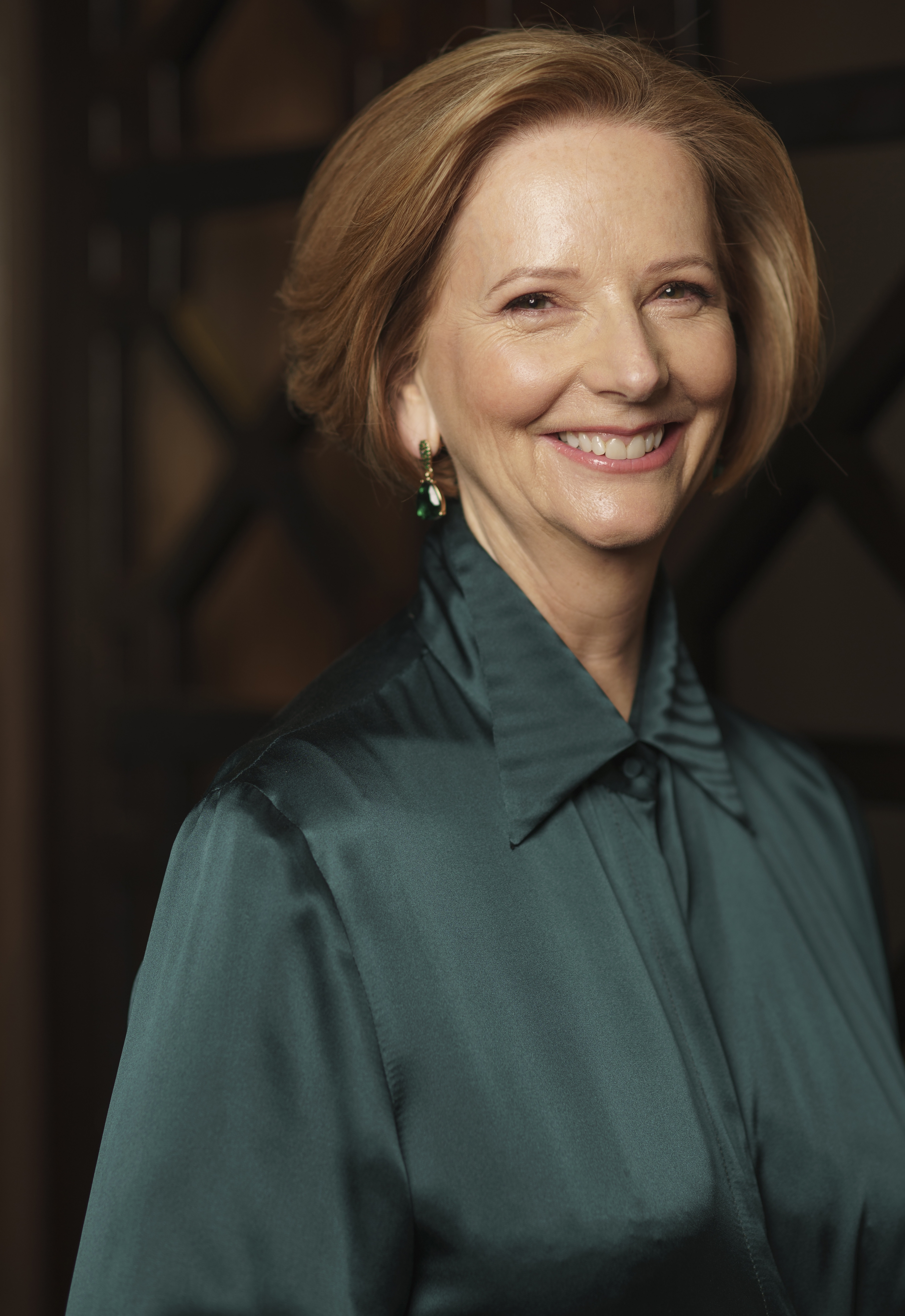
There is more that connects these two books than their bright pink covers – they both highlight a recasting of the patriarchal architecture of power as central to achieving gender equality. How Many More Women? and Not Now, Not Ever tell an uncomplimentary but complementary story of parliament, the executive, the courts, the media, universities, and business as components of a repressive world ‘tend[ing] to oppress and discriminate against women and girls’, while also enchaining men whose values and norms have moved beyond those of the patriarchy.
The two books draw water from the same well. In order for courts and the legal system to better protect women – the focus of Jennifer Robinson and Keina Yoshida’s How Many More Women? – we need more women in parliament, the arena in which Julia Gillard emerged as Australia’s first female prime minister and delivered her famous ‘Not now, not ever’ anti-misogyny speech during Question Time on 9 October 2012. Still reverberating ten years on, her ‘shirtfronting’ of Tony Abbott, leader of the Opposition at the time, is printed in full in the prologue to the edited collection. A facsimile of Gillard’s handwritten notes for the speech follows after chapter one, where she reflects on the speech.
The chapter falls within Part One – The Speech – of Not Now, Not Ever and includes Katharine Murphy’s account of media reporting on it and on gender, and Kathy Lette’s account of the reverberative quality of Gillard’s words around the world.
Part Two, titled Misogyny Past and Present, comprises six chapters: Mary Beard on the history and culture of misogyny from the ancient world to today; Aleida Mendes Borges on misogyny and intersectionality; Michelle K. Ryan and Miriam K. Zehnter on sexism today; Jess Hill on misogyny and violence; Jennifer Palmieri on misogyny in politics; and Rosie Campbell on misogyny in today’s world of work. There is some unevenness in Part Two, since not all chapters refer to the Gillard speech, but the depth of analysis on misogyny is consistent. Both chapters in Part Three (Fighting Misogyny) are written by Gillard. In the first she is in conversation with three younger activists: Chanel Contos, Caitlin Figueiredo, and Sally Scales. The other collects Gillard’s thoughts on ‘What’s next?’
Continue reading for only $10 per month. Subscribe and gain full access to Australian Book Review. Already a subscriber? Sign in. If you need assistance, feel free to contact us.



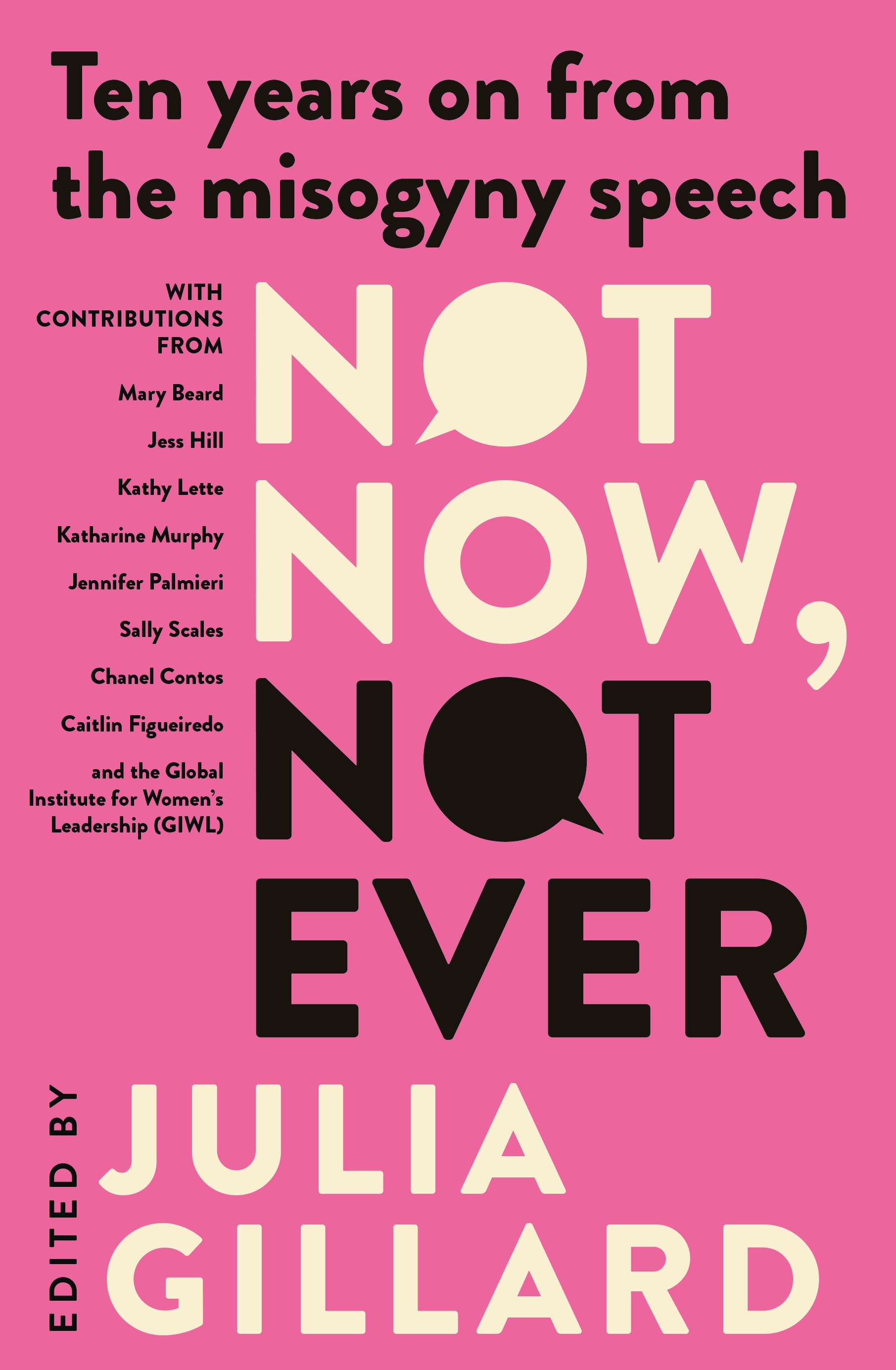
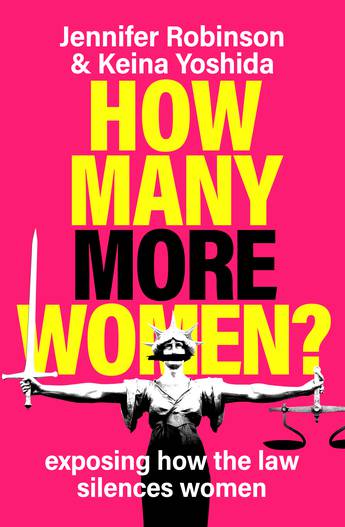
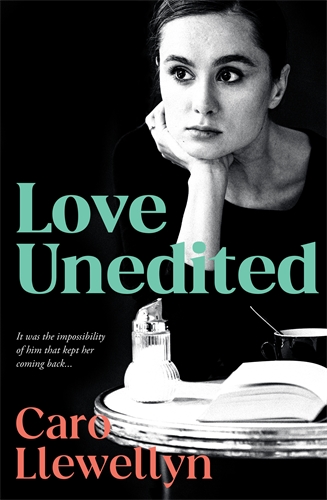

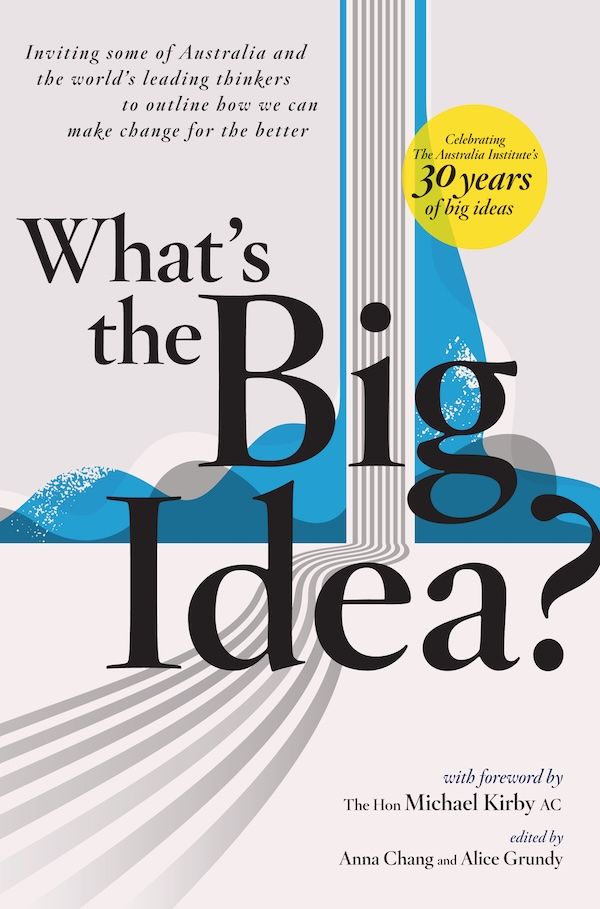

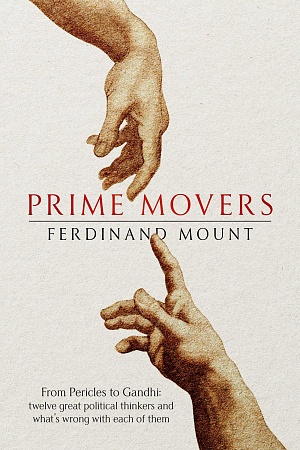






Leave a comment
If you are an ABR subscriber, you will need to sign in to post a comment.
If you have forgotten your sign in details, or if you receive an error message when trying to submit your comment, please email your comment (and the name of the article to which it relates) to ABR Comments. We will review your comment and, subject to approval, we will post it under your name.
Please note that all comments must be approved by ABR and comply with our Terms & Conditions.